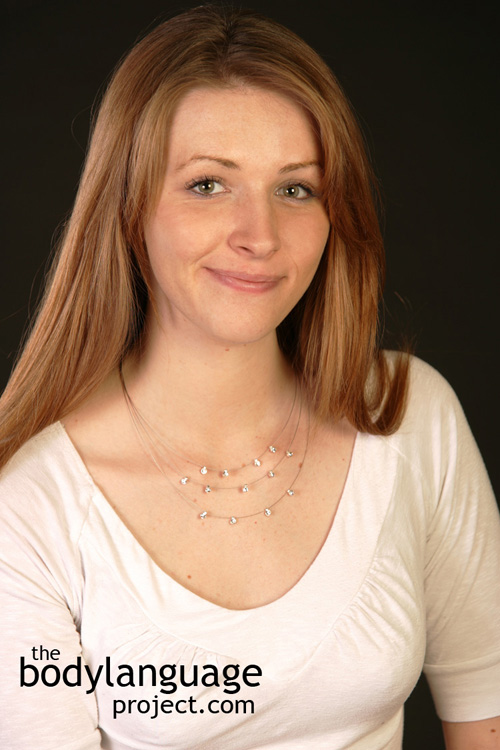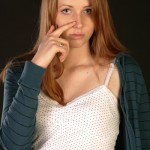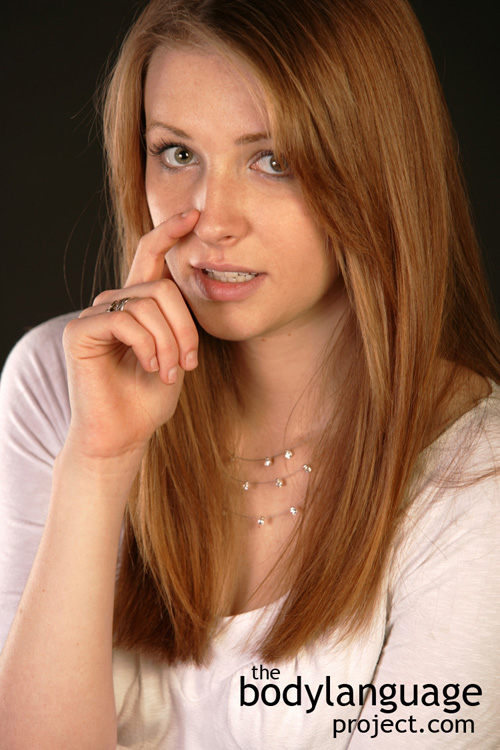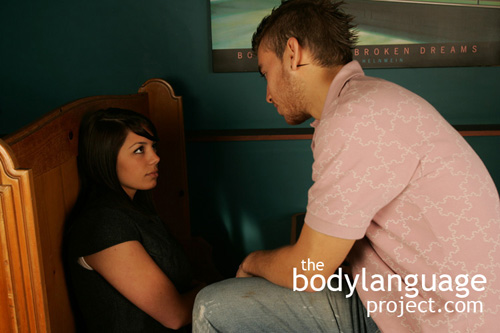Why is it that married men and women look similar to each other? Do we subconsciously choose partners that look like us, or is something else at play? You probably at least suspect by now that some element of body language is involved, and you’d be right. A 1987 study by Zajonc and colleagues from the University of Michigan set out to discover if couples really to look alike and why this is so. They had subjects compare photographs of married couples when they were first married to photographs after twenty-five years of marriage. The results showed that there was an obvious similarity within couples, that is, they looked alike, and it was also found that couples that had greater facial similarity tended to report greater happiness.
When couples live together they begin to look alike, and this trend happens over time, as the researchers discovered, since new couples had less facial similarity than did older couples. This was explained due to the tendency to mirror one another and empathize with our partners emotions. This causes facial musculature to become increasingly more toned in similar areas as our partners. It is these expressions that create wrinkles in specific patterns around the eyes, mouth and forehead, which in turn carve our faces into ones that mirror our spouse. With time, the even the root facial expressions become the norm for each and happen with or without the spouse being present. This phenomenon isn’t isolated to our spouses, it can be found in our children, or anyone else that spend a great of time with us. It has been said that our personality is the average of the five people we spend the most time with. Perhaps this also extends to our facial expressions! Mirroring is a very profound force in our lives and we should note and correct our bad habits in our expressions. When greeting your spouse, or children do you smile gleefully or is your face expressionless or worse, does it scowl?
The appearance of our pets is an entirely different matter since animals have very restricted ability to move their faces and the emotions they experience don’t come across to us in the same way that it does with people. So why is it that our pets look like us, but more so like our children? The answer lies in neoteny, for one, and secondly due to selection preference. Pets through extensive breeding tend to have more neotenized features. For example, their eyes are often droopy, their tails and ears lay flat instead of standing erect and they have soft fuzzy fur. Dogs through eons of artificial selection pressure have retained only a select few traits of their wolf ancestors especially in its adult form. Humans much prefer dogs that appear “cute”, play fetch, leap and bound, and wrestle to dogs that attack and kill prey. It should be noted though, that some masters do relate to this type of animal and adopt similar pets. Neoteny explains why dogs look like children, and our interests, purpose, or intention for the dog selects the breed while our own physical appearance influences which dog breed we eventually choose. In other words, we choose dogs in our own unique image and likeness because we relate to them. This is why we find aggressive tattooed owners with pitbulls, dainty pink-loving celebrities with toy dogs or “tea cups” and why tall skinny people choose bigger lengthy dogs like greyhounds.












